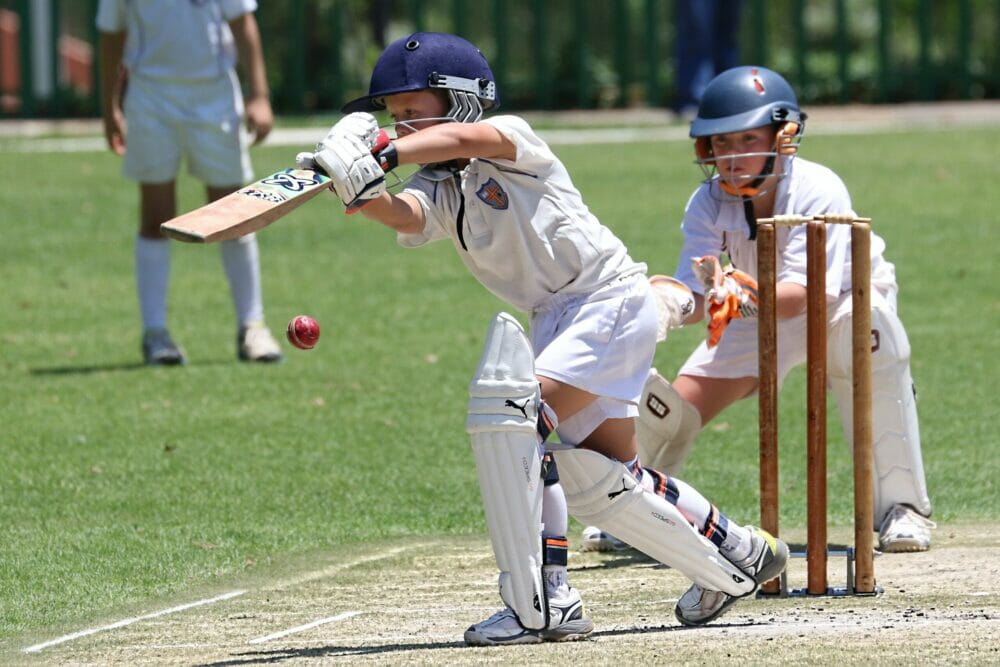With the much-anticipated Cricket World Cup in progress, the world’s most elite players have come together in India, including bowlers with the ability to bounce the ball in at a batsman at speeds exceeding 95mph.
Amateur cricketers also need to prioritise their safety when emulating their cricketing heroes and in anticipation of this high-speed and high-bounce spectacle, Technical Foam Services and Custom Foams (part of Vita Group), are continually innovating to ensure that their advanced cricket helmet foam provides the ultimate defence against the powerful knocks delivered by bowlers.

Duncan Geddes
Duncan Geddes, Sales Manger, at Technical Foam Services and Custom Foams, said “Most people associate concussions in sport with the likes of boxing and rugby, but concussions can occur in all forms of sports, including sports like cricket.
With the Cricket World Cup, inspiring the next generation of cricketers, we are calling for all amateurs and youngsters to mitigate the risk of long-term head injuries by always wearing a helmet when batting or fielding close to the stumps.
Stats show that there are on average 3.25 cricket deaths per year, including recreational cricket. Although this death count is relatively low, we believe that the number of concussions and long-term head injuries is considerably higher.”
Our responsibility as foam manufacturing and conversion specialists is to develop components in products that keep people in a range of industries, from healthcare to aviation and sports, fully protected and safe. In the sporting industry, high-quality foams that protect individuals from the dangers and risks of activities like cricket, lacrosse and hockey are vital. Technical Foam Services and Custom Foams manufacture shock absorbing products for cricket helmets. Our products offer cushioning and energy absorption properties, and our laminated, shaped and cut into customisable components, making them perfect for sports gear and other protective equipment
Duncan Geddes continues “In order for a helmet to be as effective as possible, it is crucial to ensure you have the right fit, with the helmet strap securely fastened. You’ll also want to make sure that the helmet is well vented to avoid overheating. But the most important factor to bear in mind is whether the helmet has a safety standards sticker, as this confirms that the helmet meets stringent production quality standards.
As with other types of helmets used in equestrian and cycling, if you do take a knock, then I recommend having the helmet assessed by your sports equipment supplier, to ensure the integrity of the helmet for future use.”
For more information on concussion please visit: https://technicalfoamservices.co.uk/blog/concussion-awareness-in-sport/









